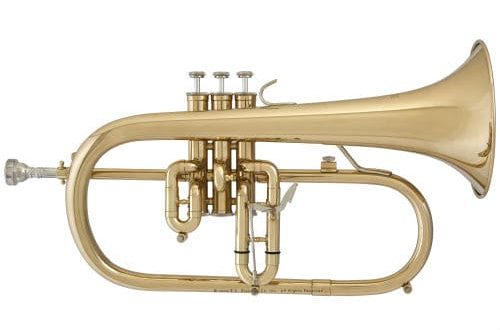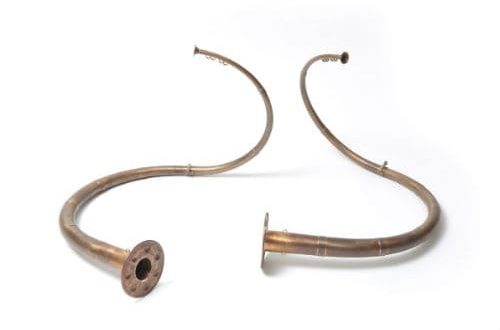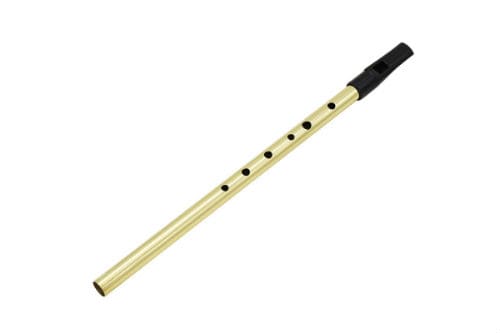
Whistle: general information, history of the instrument, types, use, playing technique
Many folk instruments are in demand today, among them tin whistle – a small metal pipe with an interesting origin story. A seemingly simple and unremarkable musical instrument has spread throughout the world, used by folk, rock and pop artists.
What is whistle
Tin Whistle is an English term that translates as a tin whistle. This name was given to a longitudinal type flute with 6 holes on the front surface. The whistle instrument is used mainly by performers of Irish, British, Scottish folk music.

Whistle history
Its progenitors are ancient, primitively constructed, wooden, bone, reed flutes, which were distributed on all continents. The Irish, who consider the whistle a national instrument, have long used flutes to perform folk music.
In the 19th century, the farmer Robert Clark, who lived in Manchester and loved to play the pipe, decided not to use expensive wood to create it, but a cheaper and easier-to-work material – tinplate. The resulting whistle flute exceeded all expectations, the farmer decided to become a businessman. He began to travel around the English cities, selling his musical goods for just a penny. People called the instrument “penny whistle”, that is, “whistle for a penny.”
Clark’s whistle fell in love with Irish sailors, ideally suited for performing folk music. In Ireland, the tin pipe fell in love so much that they called it the national instrument.
Varieties
Whistle is produced in 2 types:
- Standard – tin whistle.
- Low whistle – created in the 1970s, doubled version of the classic brother, having an octave lower sound. Gives a more velvety and rich sound.
Due to the primitiveness of the design, it is possible to play in a single tuning. Modern manufacturers create a tool for extracting music of different keys. The most applicable is D (“re” of the second octave). Many Irish folklore compositions sound in this key.
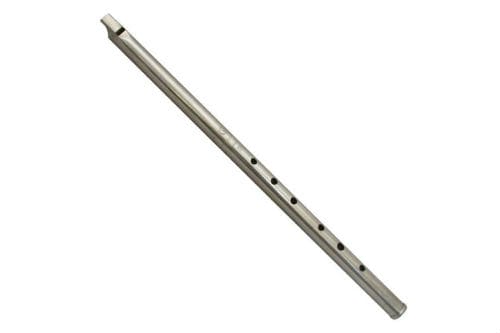
The whistle should not be confused with the Irish flute – a transverse-type instrument created on the basis of specimens of the 18-19th century. Its features are a wooden base, a larger ear cushion and a diameter of 6 holes. This produces a more resonant, louder, livelier sound, ideal for performing folk music.
Application
The range of the tin flute is 2 octaves. A diatonic instrument used to create primitive folklore music, not complicated by flats and sharps. However, a method of semi-closing the holes can be used, which makes it possible to extract notes of the full chromatic range, that is, to play the most complex melody as far as the range allows.
Whistle sounds most often in orchestras playing Irish, English, Scottish folk music. The main users are pop, folk, rock musicians. The low whistle is less common, it is used mainly as an accompaniment when the ting whistle sounds.
Famous musicians who played the metal flute:
- Irish rock band Sigur Ros;
- American group “Carbon Leaf”;
- Irish rockers The Cranberries;
- American punk band The Tossers;
- British musician Steve Buckley;
- musician Davey Spillan, who created music for the famous dance group “Riverdance”.
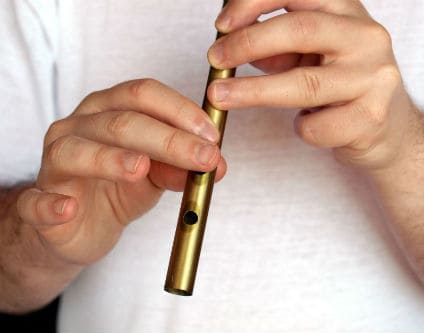
How to play whistle
6 fingers are involved in extracting the melody – right and left index, middle, ring fingers. The left fingers should be closer to the air inlet.
You need to blow smoothly, without effort, otherwise you will get a high, ear-cutting note. If you blow, closing all the holes with your fingers, a “re” of the second octave will come out. Raising the right ring finger, which closes the hole farthest from the lips, the musician receives the note “mi”. Having freed all the holes, he gets C # (“to” sharp).
A diagram showing which holes need to be closed to get a certain melody is called a fingering. Under the notes on the fingering may appear “+”. The icon indicates that you need to blow harder to get the same note, but an octave higher, covering the same holes with your fingers.
When playing, articulation is important. In order for the notes to sound clear and strong, not to blur, you should put your tongue and lips in the process of playing, as if about to say “that”.
Whistle is the best instrument for a beginner in music. To gain the skill of playing it, you do not need to be musically literate. A week of training is enough to learn how to play a simple melody.




